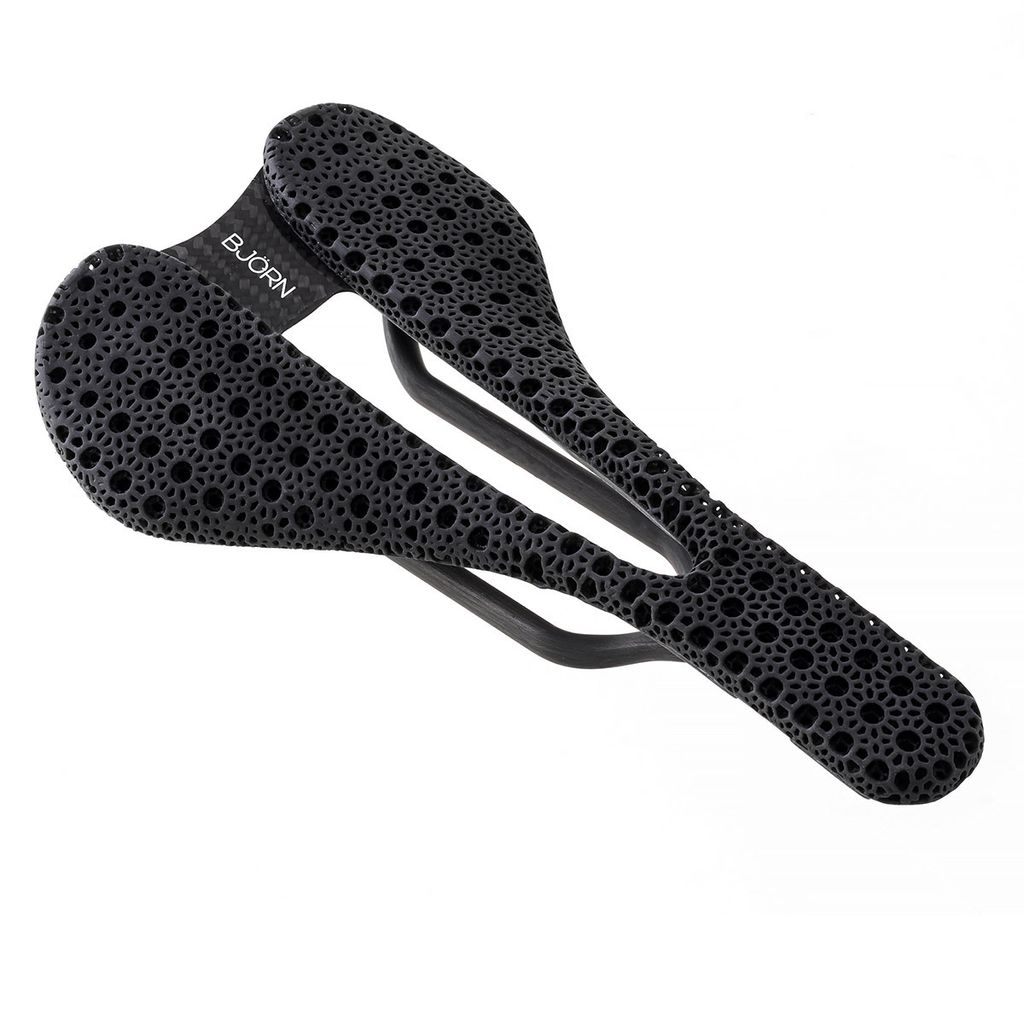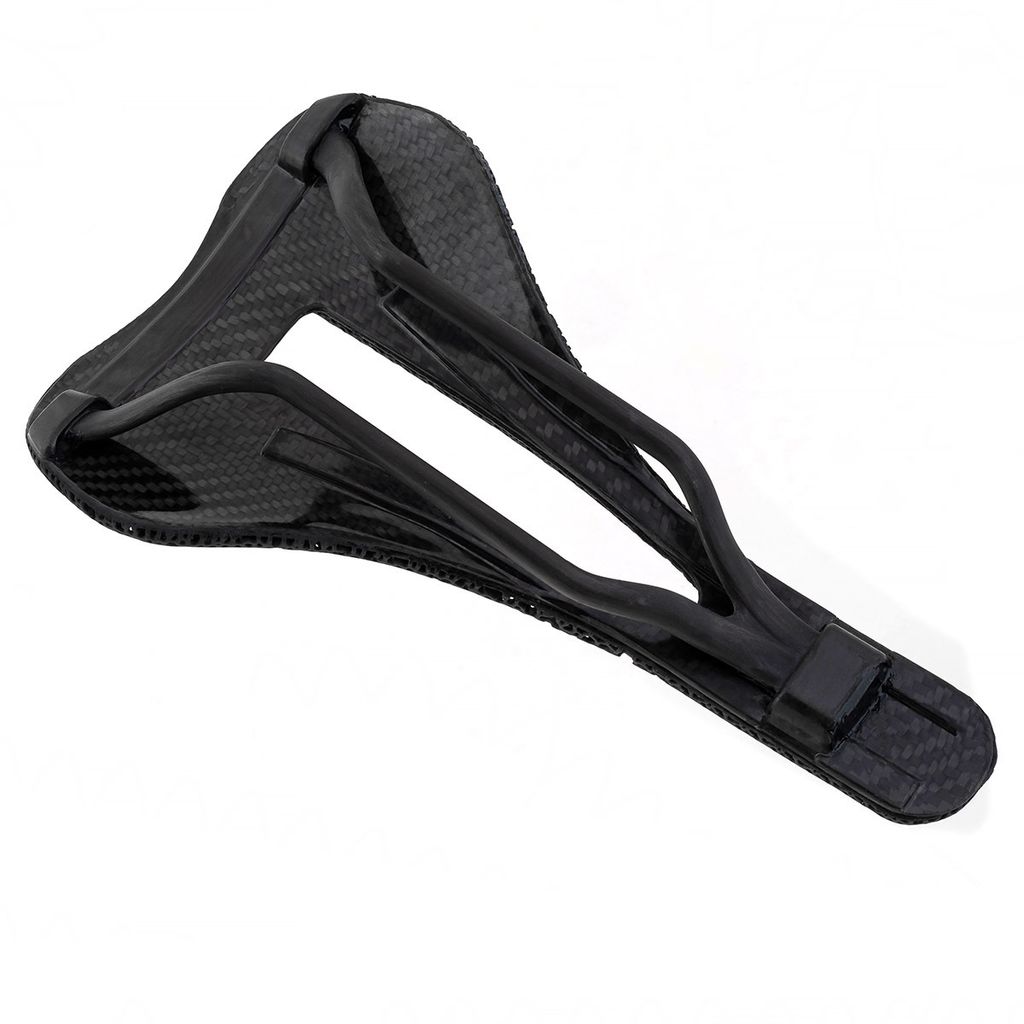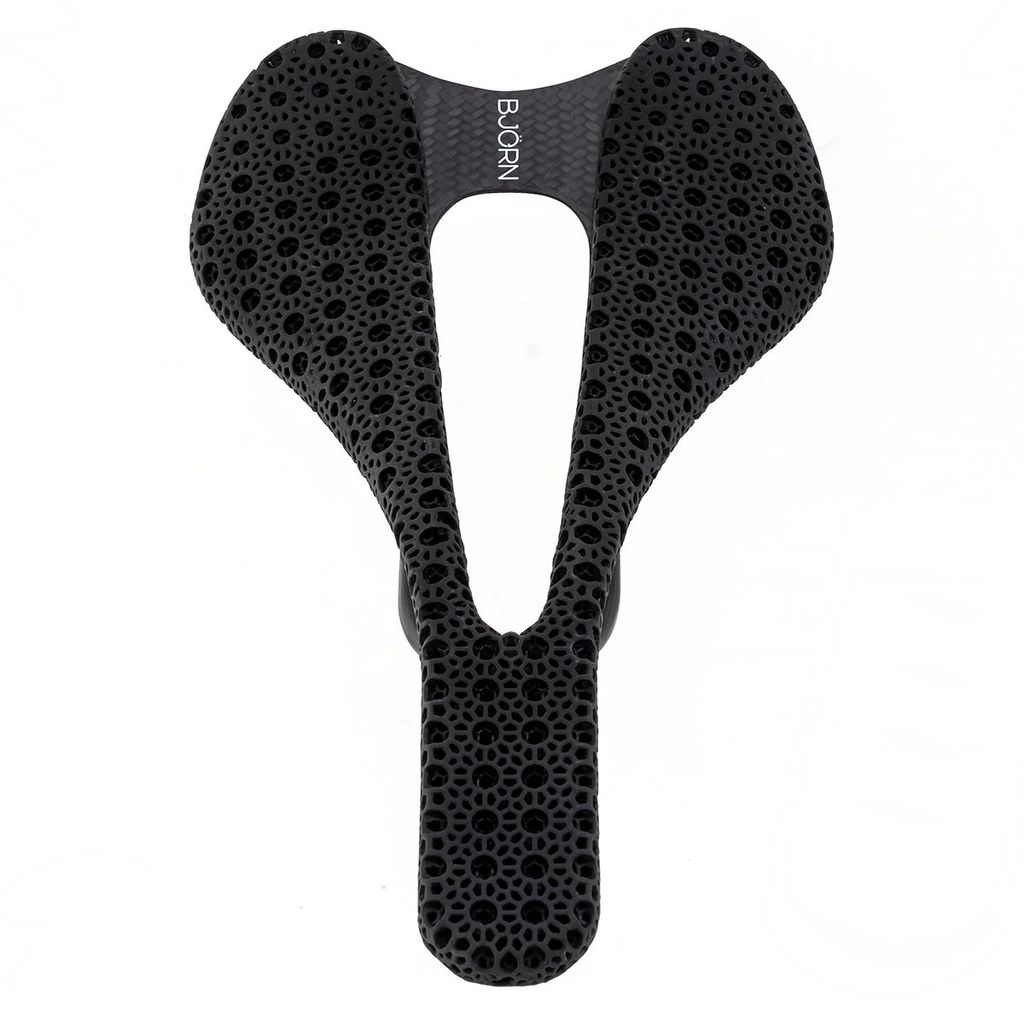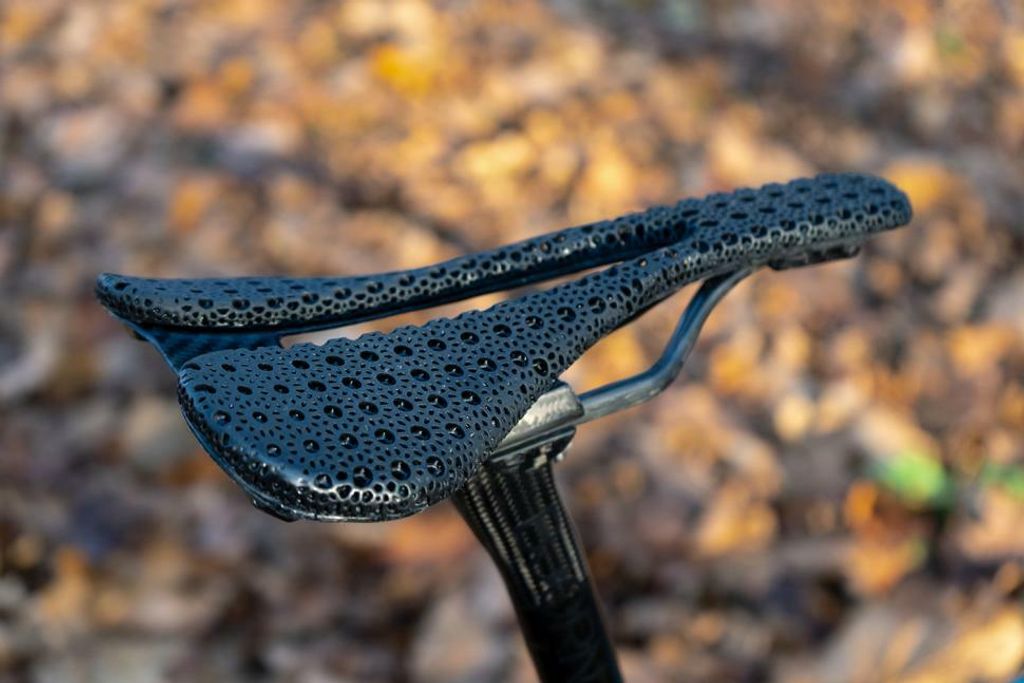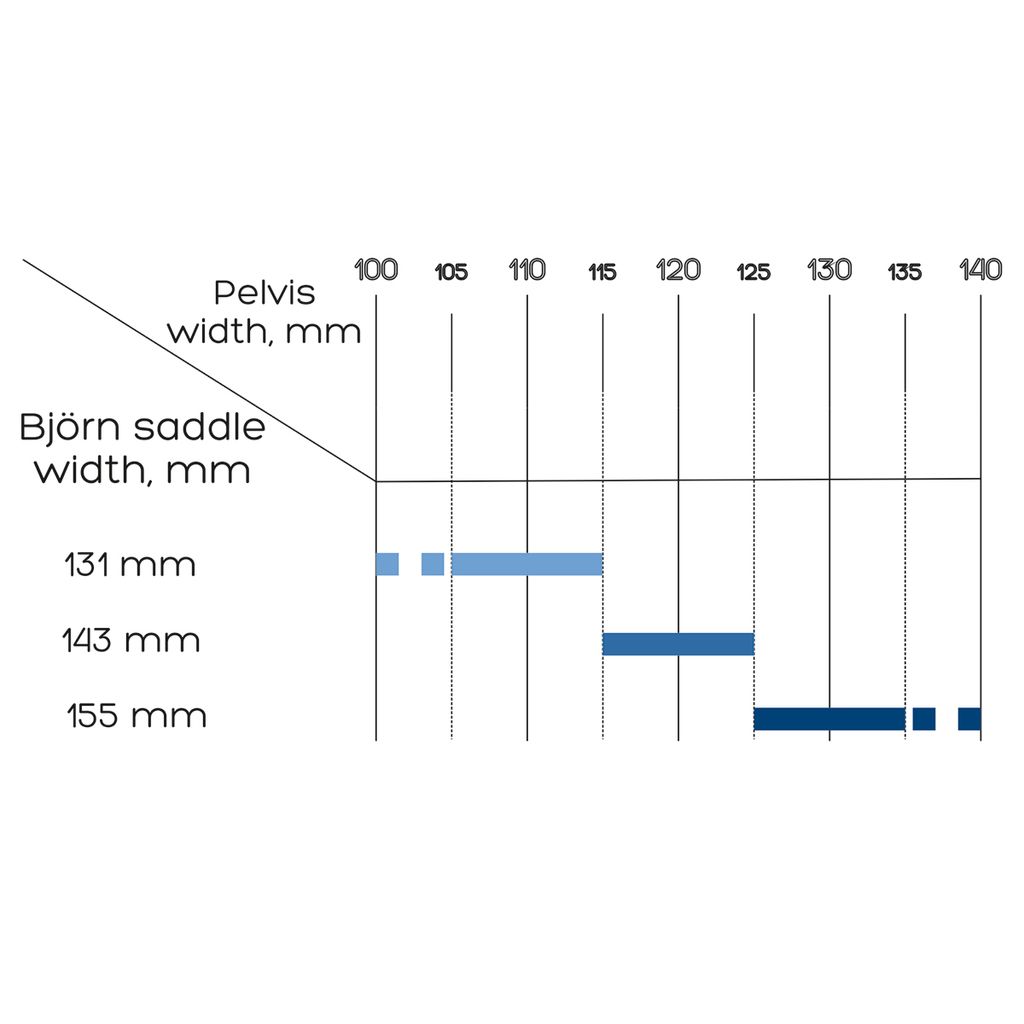BJORN SETKA SADDLE
- Regular price
- RM 1,980.00
- Sale price
- RM 1,980.00
- Regular price
-
RM 0.00
Share
Setka is the lightest 3D printed pad saddle.
Rails: Carbon 7x9
Base: Carbon
Cover: 3D printed padding
Weight: 135 grams for 143 mm wide saddle
Width: 143 mm or 155 mm
Length: 250mm
Rail to saddle topper: 35 to 45 mm depending on the position against seatpost
Max rider's weight: 120 kg. You can secure a saddlebag under 10 kg.
Max rail tightening torque: 6 N*m
It is covered 3D printed padding, which is much superior to the conventional foam padding. 3D printing is the most modern way to produce flexible structures that allow us to develop saddles with a new level of comfort. It is produced by Carbon, Inc. (The USA) using Digital Light Synthesis (DLS). This technology allows to create parts with exceptional mechanical properties, resolution, and surface finish.
The 3D printing technology makes it possible to create very complex structures. We aimed to find a solution when there are no overloaded zones during the ride, and as a result of tests and many development iterations, we got the saddle that supports you in any riding conditions.
The front part of the pad is softer to relieve the load from soft tissues if a rider is sitting in an aggressive position. And the rear part is more rigid to provide a stable position during an uphill. To achieve this, we used different testing methods, including a pressure mapping system. We used it to adjust the pad stiffness to eliminate any numbness.
We've used all our experience to ensure that Setka doesn't compromise structural reliability while weighing only 135 grams. Setka has proven 7x9 oval rails which are not simply bonded to the shell but inserted into reinforced slots. Such connection is much more reliable compared to the glue holding the dynamic loads.

